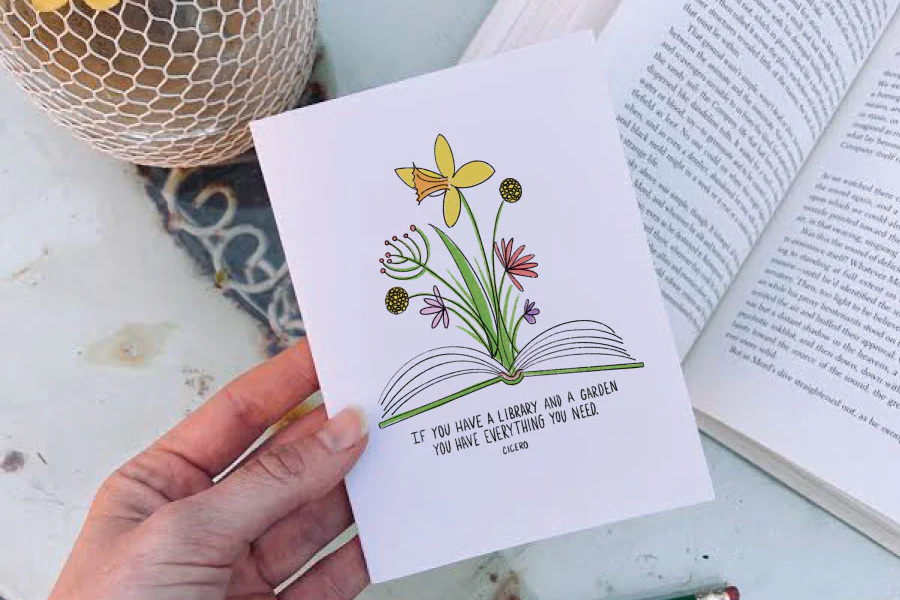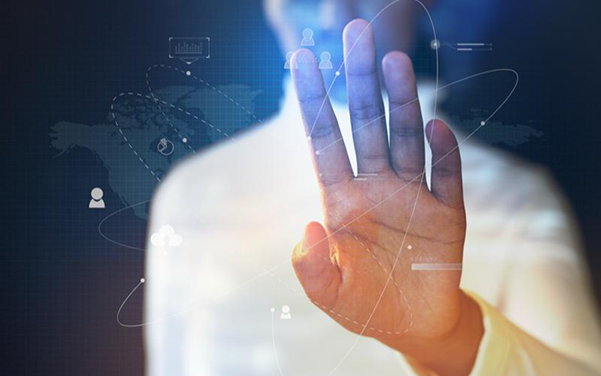
Image Source: shop.nypl.org
Greeting cards have long held a special place in human connection. From birthdays and weddings to graduations and anniversaries, they carry more than just words; they carry emotion. Traditionally, greeting cards were purchased from physical stores, chosen carefully from rows of colorful envelopes and heartfelt messages. However, as the digital age reshapes communication, greeting cards are evolving, too. Today, they are no longer confined to paper alone. Instead, we see a dynamic shift toward digital and printable formats that offer personalization, convenience, and creativity.
The growing popularity of printable greeting cards demonstrates how people value flexibility and personal expression in modern gifting. With just a printer and a few clicks, individuals can create meaningful cards at home, tailored to their tastes and the occasion. This evolution reflects how technology doesn’t erase traditions; it reinvents them, making them more adaptable to contemporary lifestyles.
The Transformation of Greeting Cards Through Technology
Once upon a time, greeting cards required a trip to the store and a limited selection to choose from. While physical cards still hold nostalgic charm, digital platforms have expanded the horizons of creativity. Today, users can browse thousands of designs online, customize messages instantly, and send them electronically or print them at home.
This digital transformation allows for a level of personalization that mass-produced cards rarely achieve. People can now add photos, select fonts that match their personality, or even design cards from scratch using templates. The result is a personal greeting card, bridging the gap between technology and heartfelt expression.
Why Printable Greeting Cards Appeal to Modern Consumers
The appeal of printable options lies primarily in convenience and customization. Unlike store-bought cards, which may feel generic, printable versions can be designed and printed within minutes. This makes them particularly appealing for last-minute occasions without sacrificing thoughtfulness.
Additionally, printable cards give individuals control over every detail, from size and color schemes to fonts and embellishments. Want a minimalist design for a professional event? Or a whimsical illustration for a child’s birthday? With printable options, the possibilities are endless.
For creative minds, designing a card can be as enjoyable as giving it. Printing at home also makes it easy to experiment; if the first version doesn’t look right, another can be made with a slight adjustment.
The Growth of Digital Cards as a Sustainable Alternative
Another reason digital and printable formats are thriving is their alignment with sustainability. Traditional greeting cards, while beautiful, often contribute to paper waste, especially when combined with glitter, plastic embellishments, or foil finishes that make recycling difficult.
Digital cards, on the other hand, eliminate the physical footprint, making them eco-friendly. Printable cards offer a middle ground; they allow for a tangible, keepsake experience but reduce waste by letting people print only what they need, often on recycled or eco-conscious paper.
This balance appeals to environmentally aware consumers who want to express themselves while minimizing their environmental impact. It’s an example of how modern traditions can blend sentimentality with responsibility.
Personalization: Making Cards Truly Special
The greatest strength of digital and printable greeting cards is the ability to personalize them deeply. While store-bought cards feature pre-written messages, printable and digital formats encourage creativity.
People can:
- Add inside jokes or personal notes that resonate more strongly with recipients.
- Insert family photos or even digital artwork for a one-of-a-kind design.
- Experiment with calligraphy-inspired fonts or bold, modern typography.
- Tailor messages to specific relationships, whether heartfelt, humorous, or poetic.
This personalization transforms a simple card into a keepsake. Recipients often treasure these unique designs because they reflect effort, thought, and individuality, making them far more memorable than generic versions.
Practical Benefits Beyond Personalization
Digital and printable cards also offer practical advantages that appeal to busy modern lifestyles. These include:
Accessibility:
Available online 24/7, eliminating the need to shop during business hours.
Affordability:
Many designs are budget-friendly or free, reducing costs compared to high-priced store cards.
Instant Delivery:
Digital cards can be sent instantly to recipients anywhere in the world, perfect for long-distance relationships.
Creative Freedom:
Printable cards let users choose paper quality and finishes and add handmade touches for extra charm.
These practical benefits explain why more people are adopting digital and printable cards as go-to solutions for celebrations and everyday expressions of love, gratitude, or friendship.
The Role of Greeting Cards in Modern Relationships
Despite the rise of quick text messages, emojis, and social media shoutouts, greeting cards remain relevant because they embody effort. Sending a digital, printable, or traditional card shows intentionality. It says, “I took time to create something just for you.”
In an age where digital communication can often feel fleeting, sending a thoughtfully designed card restores a sense of intimacy. Printable cards balance digital convenience and physical presence, offering something tangible that recipients can hold onto.
This makes greeting cards an essential tool in strengthening relationships. They aren’t just about the occasion but about reminding loved ones of their importance in our lives.
The Future of Greeting Cards: Blending Old and New
The future of greeting cards is neither fully digital nor entirely traditional; it’s a blend of both. We can expect even greater innovations as technology evolves, such as interactive e-cards with animations or printable designs integrated with augmented reality.
But what won’t change is the essence of greeting cards: the desire to connect. Whether in digital format, as a printable design, or as a store-bought keepsake, greeting cards will continue to serve as vessels for emotions, carrying joy, gratitude, and love across distances.
Conclusion
The rise of printable and digital greeting cards reflects how traditions adapt to modern needs without losing their core purpose. Cards have always been about connection; today, they’re more versatile and creative than ever. With the convenience of technology and the personalization of design, they’re reshaping how we celebrate milestones and everyday moments.
Innovative creators like Fonts N Fables ensure this blend of tradition and modernity remains stylish, meaningful, and accessible. By offering practical and heartfelt designs, they help individuals express emotions in ways that ultimately feel authentic, whether digital or printable. Greeting cards remind us that even in a fast-paced, digital-first world, sharing love and thoughtfulness never goes out of style.







